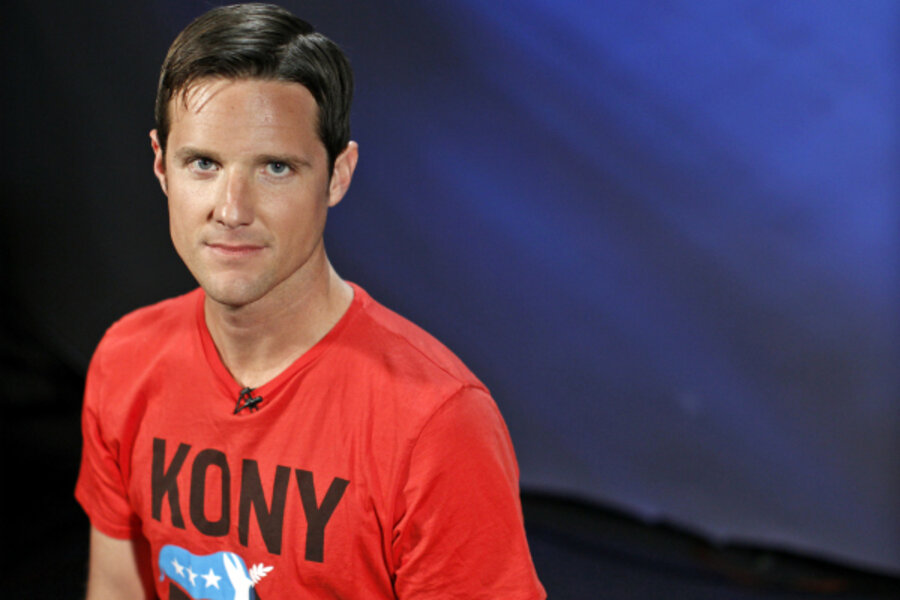Why 'Kony 2012' video grabbed 100 million views online
Loading...
The Chronicle asked Michael Hoffman, chief executive of See3 Communications, a consulting company that helps nonprofits use video for advocacy and fundraising campaigns, to share lessons from the success of “Kony 2012,” the video about the African warlord Joseph Kony. His essay follows:
Invisible Children’s controversial “Kony 2012″ video has reached unprecedented heights for a social-cause video.
It has already received more than 100 million views on YouTube and Vimeo. The most amazing thing to many people is that the video is nearly 30 minutes long, which surely breaks the “rule” that online videos need to be short to be effective.
Starting From a Strong Base
It is important to understand that Invisible Children has been working for a decade building a strong, active, and passionate base of young supporters around the world. The San Diego advocacy group has one of the strongest social-media networks of any nonprofit in the world.
This video was pushed to and talked about by a massive wave of young supporters who used Facebook, Twitter, YouTube, and e-mail to share it. As a result, the “Kony 2012″ video had a unique advantage.
But Invisible Children also created a compelling video that inspired those supporters to watch it and share it. Why did it work?
Here are three reasons:
• The organization told its own story first, a story of how it developed passion for the issue, how its members came together, and why it is critical for its supporters to act. The video follows a storytelling pattern developed by Marshall Ganz, a lecturer at Harvard University and is taught by the New Organizing Institute. Mr. Ganz says this pattern uses three stories: the story of self, the story of us, and the story of now.
• It made the story simple. The issues in Northern Uganda are very complicated. But Invisible Children chose to simplify those issues by focusing the video on the story of one bad guy: Joseph Kony, head of the Lord’s Resistance Army, operating in Central Africa. The video places a strong focus on emotion, which, in turn, inspired many viewers to share it and take action.
• It made the viewer the hero. This video isn’t about Mr. Kony. It’s about the viewer and how that viewer can be the hero by taking action. In the video, Mr. Kony is portrayed as evil – as if he is a villain in a Batman movie. And if he is the evil villain, then you, the person fighting him, are the hero.
* View the Kony 2012 video here. This blog post originally appeared at The Chronicle of Philanthropy.
• Sign up to receive a weekly selection of practical and inspiring Change Agent articles by clicking here.





